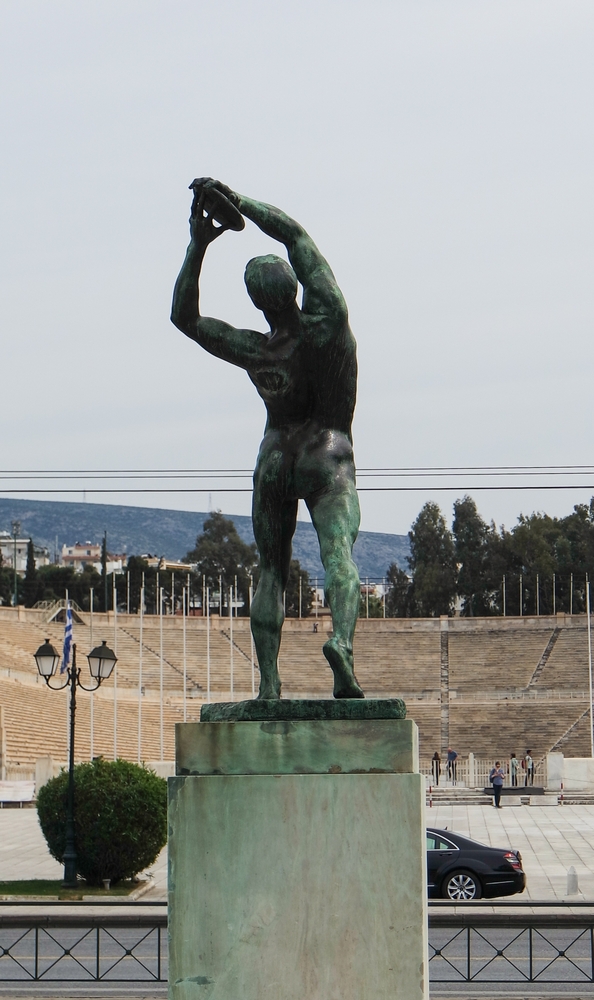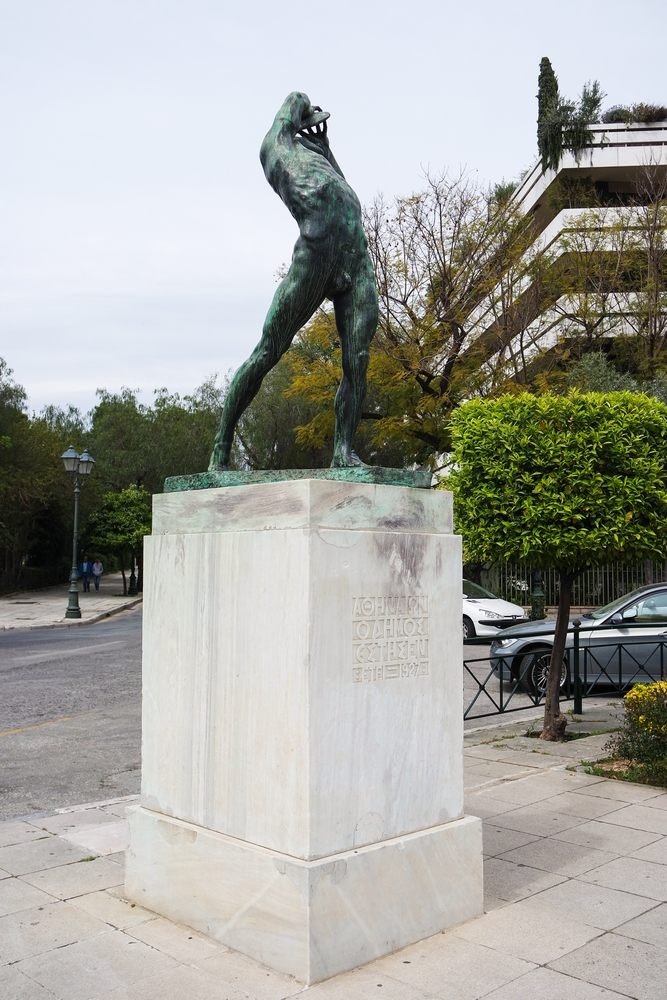Discus Thrower
Brass sculptre of discus thrower in front of the Panathinaic Stadium.
Location
Timeline
Modern and Contemporary era (1821 - )
1924 It was created by sculptor Kostas Dimitriadis (1881-1943) and won the gold sculpting medal at the Olympic Games in Paris.
1927 It was placed in Athens.





Share